There is still that slight buzz in the air following the World Cup, and while adidas used it to officially launch the adidas Predator Instinct, the guys at the Instep always make sure we are ahead of the pack with an eye on the football boot horizon. This time around, Delvin N’Dinga, Roy Miller and Jimmy Medranda have already brought the next generation Nitrocharge quite a bit sooner than adidas would have liked. The boot definitely looks different, but what should we be expecting once the boot gets launched? The Instep is here to give you a sneak peek at the major changes before the official launch.
A Redesigned Energysling
We may as well start with the point that certainly shows that we are looking at a completely different Nitrocharge. The elastic Energysling running across the forefoot on the current Nitrocharge gives ever-so-slightly with the foot whenever you put the boot on, creating a beautifully snug fit when you do the laces up. It also comes into play whenever you change direction, as there is a nice responsiveness with the Energysling working with the foot whenever you push off to change direction.
The actual Energysling is a few centimetres wide on the current Nitrocharge, and there is a separate rubber section breaking away from the Energysling that runs down to the soleplate. However, the redesigned Energysling sees it double in size and incorporate this separate run-off, creating one solid Energysling without any other components providing support across the midfoot. The result will most probably mean there is more support for the foot, with that snug fit provided from the midfoot to the start of the instep. While the Energysling had a tendency to have a minimal effect on the feel for the ball, the larger Energysling will certainly mean the grippy rubber may have a larger impact on touch and kicking. A grippy feel for the ball may not be for everyone, but it may be further exacerbated with the new Energysling.
A different upper
While the original Predator LZ was the first time adidas used Hybridtouch, we could not get a real feel for it with the rubber elements running across the top. Which is why I loved the use of Hybridtouch on the Nitrocharge, it was thin, provided an awesome, slightly padded feel for the ball and truly rivaled the terrific Kanga-Lite. Adidas are changing things up with the upper of the next generation Nitrocharge by increasing the surface areas of the padded sections on the inside of the vamp. Instead of small, raised cubes with a bit of additional padding, the new Nitrocharge has straight grooves of equal width running down the inside of the toe. These grooves are also slightly dimpled, perhaps to create a similar effect to the Speedcontrol dimpling on the outside of the F50 adiZero. It is, however, difficult to distinguish whether the upper will still use Hybridtouch, but the safe money is probably on adidas not altering the make of the upper.
The result will most likely mean that the feel with the Nitrocharge will be more padded than it’s predecessor, but having these ridges will perhaps mean a more consistent feel for the ball compared to the old Nitrocharge, especially with some sections being higher than others on the original Nitrocharge. While we doubt that the dimples on the new Nitrocharge will be overly noticeable, they would add a little bit more grip when it comes to touch, an interesting aspect considering the new Energysling will probably do the same thing.
More heel protection
This is one change that is not quite as noticeable at first glance, but could have an impact on how the Nitrocharge performs. This also ties in with the slightly different protective mesh layer, which seems to be somewhat smaller on the new Nitrocharge (it now starts at the 3rd lace hole from the top, as opposed the third lace hole from the bottom). There are now straight, thin ridges that stick out from the boot which start from the back of the midfoot, and run right up above the cup of the heel and around the Achilles tendon, before ending on the same position on the other side of the boot.
The position of these ridges would have no effect on playing the ball (if you dribble using your heel, that certainly is not normal), and they are likely to be there for protection purposes. Considering the 3 pads on either side of the heel from the current Nitrocharge now seem to be discontinued on the new Nitrocharge, perhaps these ridges are replacing the old pads to cover more protection to not just look after the Achilles tendon, but also the top of the heel from kicks to that general region. It is a sign that adidas are still prioritising protection, a refreshing taste from the current mindset of companies seemingly putting lightweight boots first.
There is certainly enough about the new Nitrocharge that has got the Instep crew excited about the next few months, but what is your take on the Nitrocharge? Have adidas made a good boot better or does it all look a little too much? Until then, don’t forget to check out Hunter’s review of the current Nitrocharge 1.0.

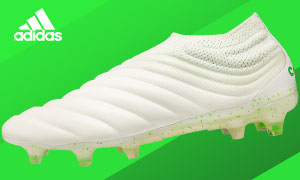
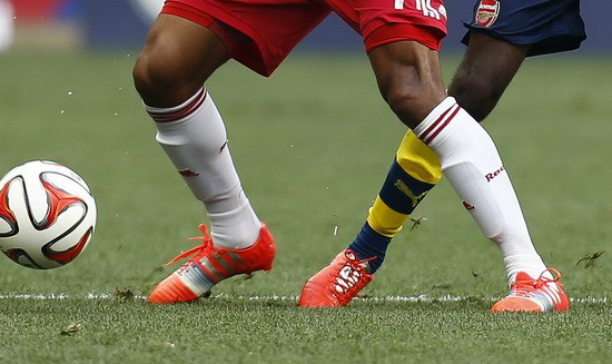

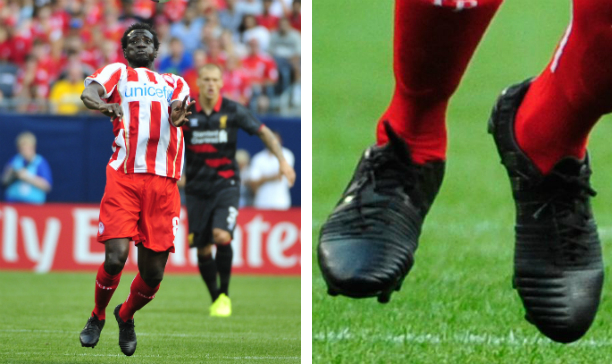
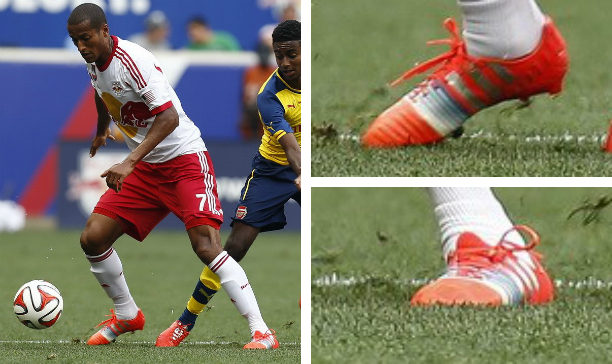
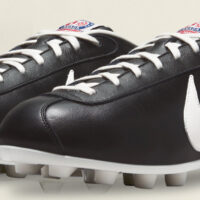
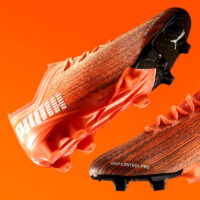
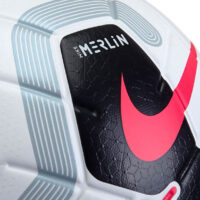
No Comments